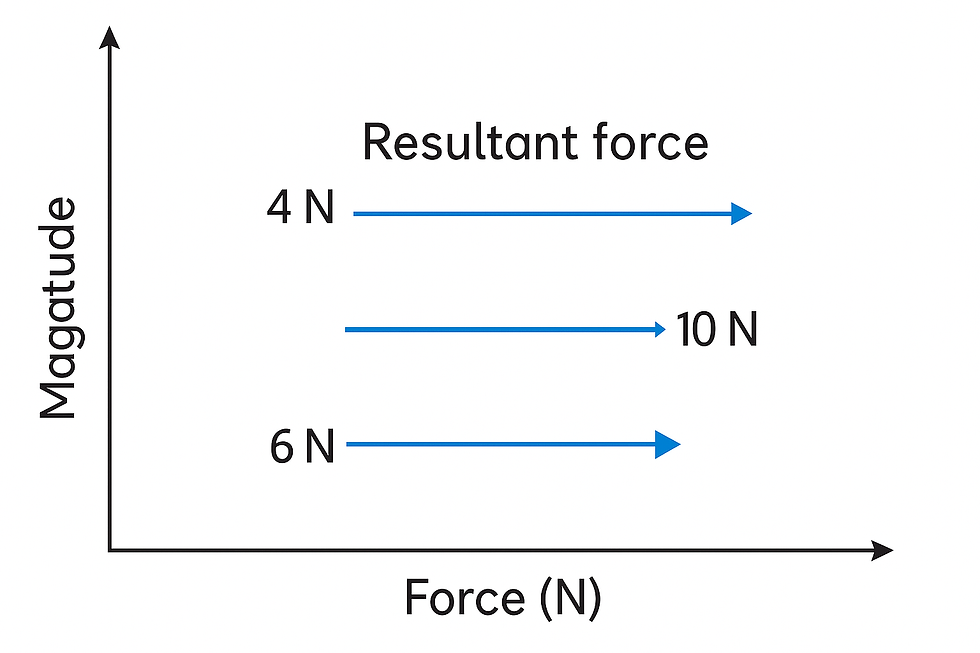Gravitational Potential Energy (GPE)
Gravitational Potential Energy is the energy an object has because of its height above the ground. The higher the object or the heavier it is, the more GPE it has.
Why Does GPE Matter?
When an object is lifted, work is done against gravity, and this energy is stored as GPE. If the object falls, the GPE gets converted into kinetic energy (energy of motion).
Formula:
GPE = Mass × Gravity × Height
Mass (kg)
Gravity (N/kg, usually 9.8 or 10)
Height (m)
GPE is measured in joules (J)
Example:
If a 2 kg object is lifted 5 meters high:GPE = 2 × 10 × 5 = 100 J
Real-Life Uses:
Water stored high in a dam has GPE and can generate electricity.
A rollercoaster gains GPE at the top of a track and converts it to kinetic energy on the way down.
Lifting an object stores energy that can be released later.






